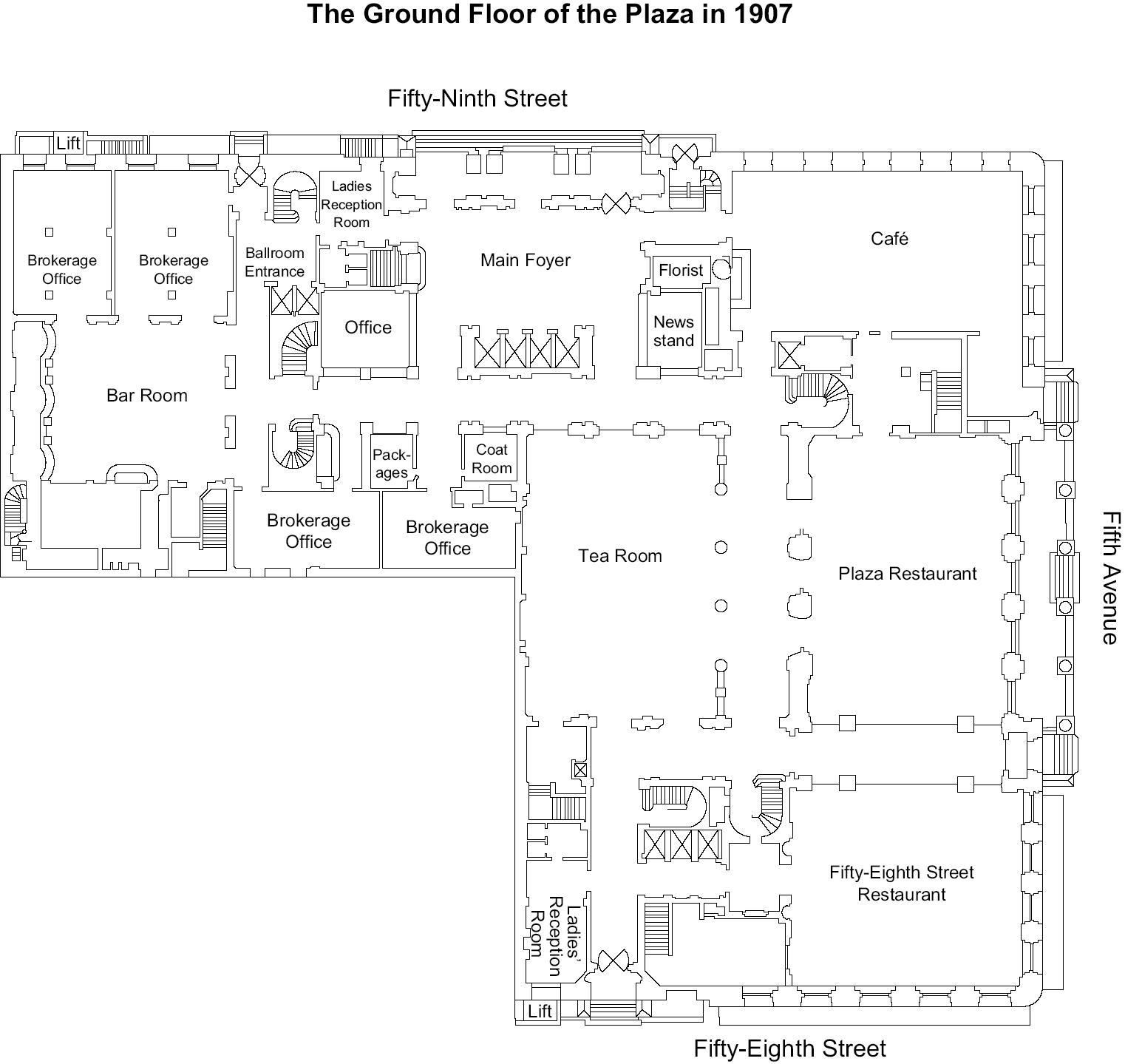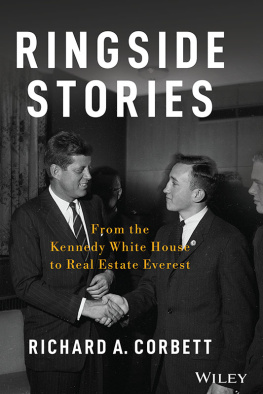Cover design by Elena Giavaldi. Cover copyright 2019 by Hachette Book Group, Inc.
Hachette Book Group supports the right to free expression and the value of copyright. The purpose of copyright is to encourage writers and artists to produce the creative works that enrich our culture.
The scanning, uploading, and distribution of this book without permission is a theft of the authors intellectual property. If you would like permission to use material from the book (other than for review purposes), please contact permissions@hbgusa.com. Thank you for your support of the authors rights.
Twelve is an imprint of Grand Central Publishing. The Twelve name and logo are trademarks of Hachette Book Group, Inc.
The publisher is not responsible for websites (or their content) that are not owned by the publisher.
The Hachette Speakers Bureau provides a wide range of authors for speaking events. To find out more, go to www.hachettespeakersbureau.com or call (866) 376-6591.
Names: Satow, Julie, author.
Title: The Plaza : the secret life of Americas most famous hotel / Julie Satow.
Description: First edition. | New York ; Boston : Twelve, 2019. | Includes bibliographical references and index.
Identifiers: LCCN 2018048170 | ISBN 9781455566679 (hardcover) | ISBN 9781549175930 (audio download) | ISBN 9781455566662 (ebook)
Subjects: LCSH: Plaza Hotel (New York, N.Y.)History.
1890: The first Plaza opens its doors on the site of a former ice-skating pond; it is demolished fifteen years later.
1907: A new, second Plaza, which still stands today, opens and is immediately hailed as New Yorks most opulent and expensive hotel. Alfred Gwynne Vanderbilt, the dashing millionaire, becomes the Plazas inaugural guest, while outside the hotels entrance, the ubiquitous New York taxicab makes its debut.
1909: Princess Vilma Lwoff-Parlaghy becomes one of a long line of colorful guests to check into the Plaza, bringing with her a private zoo that includes a falcon, a family of alligators, and a pet lion who lives in her bathtub.
1920: Prohibition and the Jazz Age arrive, and the Plaza becomes renowned for private parties, tea dances, and F. Scott Fitzgerald, who famously jumps fully clothed into the Pulitzer Fountain.
1930: The Great Depression takes hold, leading to the ruination of the Plazas mercurial owner, Harry S. Black, who dies soon after from a self-inflicted gunshot wound.
1943: Amid wartime rationing and the draft, Conrad N. Hilton acquires the Plaza. He is met with a chilly reception from its blue-blood fans, particularly Clara Bell Walsh, the supposed inventor of the cocktail party and the most famous of the hotels eccentric dowagers.
1955: The mischievous six-year-old Eloise becomes the Plazas most famous resident, flooding the hotel lobby with diminutive devotees desperate for a chance to glimpse the fictional heroine. The Plazas young fan base grows when, a decade later, the Beatles check in and are greeted by a mob of screaming teenyboppers and a nervous hotel staff.
1966: Truman Capote hosts the Black and White Ball at the Plazas ballroom, and the likes of Gloria Vanderbilt and Frank Sinatra mingle with the doorman from the authors apartment building.
1975: With New York City facing fiscal ruin and near bankruptcy, Westin Hotels acquires the Plaza. It soon confronts bomb scares, armed robberies, and a sanitation strike that leaves a seven-foot-high pile of garbage next to the hotels front door.
1988: Donald J. Trump buys the hotel for a record price, using entirely borrowed funds. He installs his wife Ivana as the Plazas president, promising to pay her $1 and all the dresses she can buy.
1992: The Plaza, unable to pay down the debt that Trump has saddled on the hotel, files for Chapter 11 bankruptcy protection for the first time in its history.
1995: The Plaza comes under foreign ownership when Saudi Prince Alwaleed bin Talal and a Singaporean billionaire purchase the hotel from Trumps lenders. A Trump lieutenant spies on the negotiations from a hidden room at the Plaza, but fails to sabotage the deal.
2005: In its biggest transformation ever, the Plaza is carved into multimillion-dollar condominiums, a boutique hotel, and retail stores. Preservationists, politicians, and the powerful New York hotel union stage a vociferous resistance, with New York mayor Michael Bloomberg negotiating a compromise.
2008: The first apartment owners move into the Plaza, with a roster of buyers that includes Hollywood executives, Russian oligarchs, and anonymous shell companies with questionable links as far afield as Kazakhstan and the Pacific islands.
2012: Subrata Roy, a colorful Indian business tycoon, purchases the Plaza Hotel without ever sleeping in one of its rooms. Under investigation, Roy is eventually sentenced to two years in jail in Delhi and is barred from traveling abroad.
2017: The Plaza suffers from the indignities of an absentee owner, while Roy entertains offers for the hotel from a cast of characters of dubious repute. A series of fiascos ensues, replete with lawsuits, a fistfight in the Palm Court, and a journalist who is sent to the same jail where Roy himself was imprisoned.
2018: In a surprise move, Roys tenure comes to a sudden end when the hospitality arm of the Qatar Investment Authority emerges as a stealth bidder, successfully acquiring the hotel. Longtime Plaza aficionados are optimistic that the new stewards will restore the property to its former glory.


S ubrata Roy was reclining on a sofa in a pink shirt, orange pocket square, and plaid blazer, his outfit contrasting sharply with the sparse, all-white living room. It was a steamy August afternoon in New Delhi in the summer of 2017, but inside it was hushed and cool, a world away from the honking and beggars cries ringing out from the crumbling streets below. Roy, his hair and mustache dyed the same black as his shiny shoes, sipped water from a glass handed to him by a uniformed servant carrying a silver tray. After a pause, Roy looked at me and declared, Such lovely history it has! I waited for him to expound further, answering my question on why he loved the Plaza, his prized New York hotel. But Roy seemed to have nothing more to add.
Perhaps it wasnt surprising that the sixty-nine-year-old fallen mogul had little to say about the historic property. After all, Roy had visited the Plaza just once, and then only for a brief tour. That was back in 2012, just before he shelled out $570 million to buy the hotel.parole, but while freed from his cell, he remained prohibited from traveling abroad. Roy never had a chance to lay his head on a Plaza pillow, let alone relish his newest toy.










